当前位置:网站首页>PyTorch builds a neural network to predict temperature (dataset comparison, CPU vs GPU comparison)
PyTorch builds a neural network to predict temperature (dataset comparison, CPU vs GPU comparison)
2022-08-03 13:15:00 【csp_】
活动地址:CSDN21天学习挑战赛
目录
项目数据及源码
可在github下载:
https://github.com/chenshunpeng/Pytorch-framework-predicts-temperature
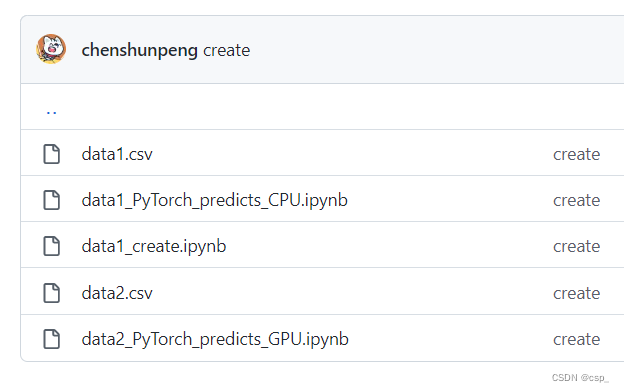
数据集1(含friend数据项)
数据预处理
引入库文件:
import numpy as np
import pandas as pd
import matplotlib.pyplot as plt
import torch
import torch.optim as optim
import warnings
warnings.filterwarnings("ignore")
%matplotlib inline
# 加入下述代码!可能!是因为torch包中包含了名为libiomp5md.dll的文件,
# 与Anaconda环境中的同一个文件出现了某种冲突,所以需要删除一个.
import os
os.environ["KMP_DUPLICATE_LIB_OK"]="TRUE"
读入数据:
features = pd.read_csv('data1.csv')
# 查看数据(默认查看前5行)
# https://blog.csdn.net/qq_40305043/article/details/104851766
features.head()
结果: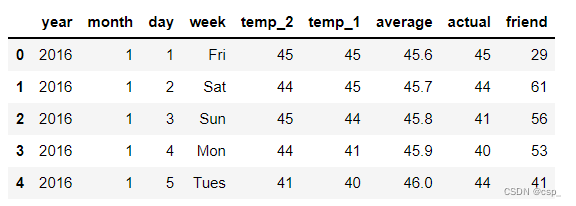
处理时间数据:
# 处理时间数据
import datetime
# 分别得到年,月,日
years = features['year']
months = features['month']
days = features['day']
# datetime格式
dates = [
str(int(year)) + '-' + str(int(month)) + '-' + str(int(day))
for year, month, day in zip(years, months, days)
]
# datetime模块的datetime对象提供的strptimemethod to convert strings to datetime对象,When converting, the content of the string is required to conform to the specified format.
dates = [datetime.datetime.strptime(date, '%Y-%m-%d') for date in dates]
绘制数据图
# 准备画图
# 指定默认风格
plt.style.use('fivethirtyeight')
# 设置布局
fig, ((ax1, ax2), (ax3, ax4)) = plt.subplots(nrows=2,
ncols=2,
figsize=(10, 10))
fig.autofmt_xdate(rotation=45)
# 标签值
ax1.plot(dates, features['actual']) # Data column used
ax1.set_xlabel('') # x轴数据
ax1.set_ylabel('Temperature') # y轴数据
ax1.set_title('Max Temp') # 图表标题
# 昨天
ax2.plot(dates, features['temp_1'])
ax2.set_xlabel('')
ax2.set_ylabel('Temperature')
ax2.set_title('Previous Max Temp')
# 前天
ax3.plot(dates, features['temp_2'])
ax3.set_xlabel('Date')
ax3.set_ylabel('Temperature')
ax3.set_title('Two Days Prior Max Temp')
# friend prediction(意义不大)
ax4.plot(dates, features['friend'])
ax4.set_xlabel('Date')
ax4.set_ylabel('Temperature')
ax4.set_title('Friend Estimate')
plt.tight_layout(pad=2)
结果: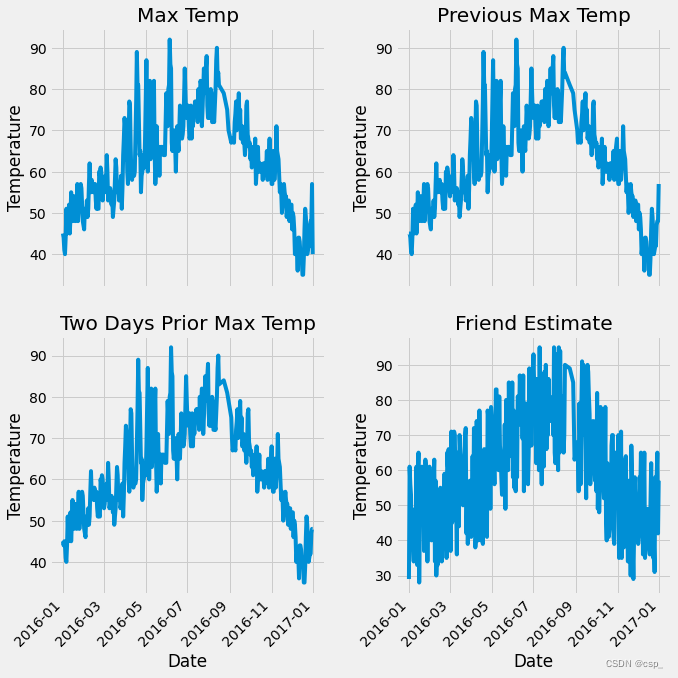
String data is converted to numeric form:
# 独热编码(String data is converted to numeric form)
features = pd.get_dummies(features)
features.head(5)
结果:
在特征中去掉标签actual,把列表转化为数组:
# 标签
labels = np.array(features['actual'])
# 在特征中去掉标签
# axis = 1 Indicates that the corresponding method is executed horizontally along each row or column label
# https://blog.csdn.net/wyf2017/article/details/107459509
features = features.drop('actual', axis=1)
# Save the name of each column separately,以备后患
feature_list = list(features.columns)
# 转换成合适的格式
# np.array()把列表转化为数组
features = np.array(features)
网络模型结构图
构建2层神经网络 (只有1个隐含层),第1层有128个神经元,第2层有1个神经元,Its structure can be understood as:
[348,14]->[14,128]->[128,1](输入层->隐含层->输出层)
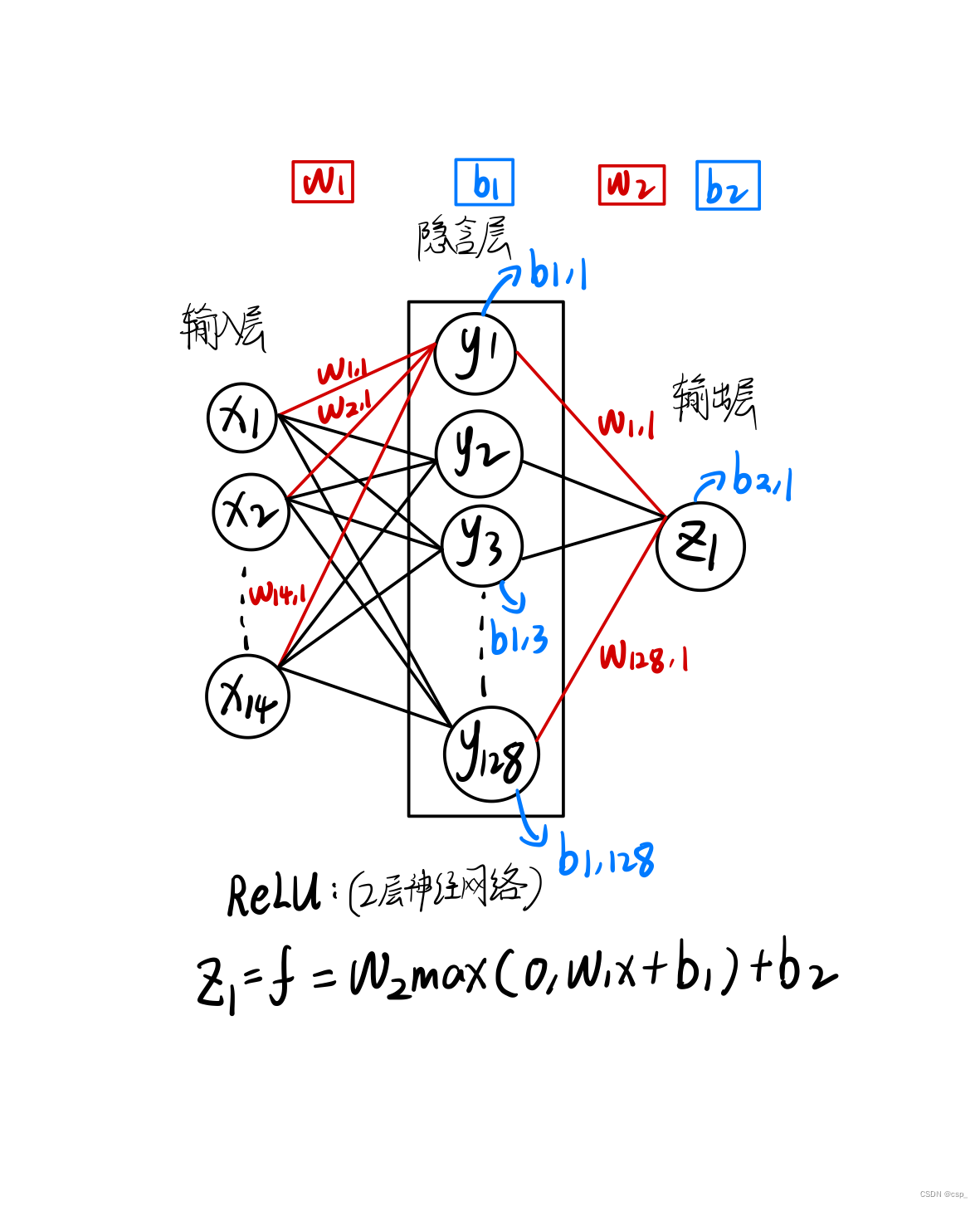
①Build the network model manually(CPU训练)
- weights表示随机生成输入层至隐藏层权重,biases表示随机生成输入层至隐藏层偏移
- 由于只有单隐藏层,故 weights2 表示隐藏层至输出层权重,biases2 表示隐藏层至输出层的偏移
- 反向传播计算,反向传播是将当前求出的损失率进行由输出层至输入层的一个方向求偏导的过程,反向求导旨在优化参数w,使得误差更小
- 在反向传播完成后,计算梯度,并进行w1,w2,b1,b2的更新,更新操作为,沿着梯度的反方向进行学习率*梯度的更新,在每次更新完毕后迭代清空
x = torch.tensor(input_features, dtype=float)
y = torch.tensor(labels, dtype=float)
# 权重参数初始化,构建2层神经网络 (只有1个隐含层)
# [348,14]->[14,128]->[128,1](输入层->隐含层->输出层)
# 第1层有128个神经元
# randn,Return from the standard normal distribution⼀one or more sample values
weights = torch.randn((14, 128), dtype=float, requires_grad=True) #权值矩阵w
biases = torch.randn(128, dtype=float, requires_grad=True) # 偏置向量b
# 第2层有1个神经元
weights2 = torch.randn((128, 1), dtype=float, requires_grad=True)
biases2 = torch.randn(1, dtype=float, requires_grad=True)
learning_rate = 0.001
losses = []
for i in range(1000):
# 计算隐层
hidden = x.mm(weights) + biases
# 加入激活函数
hidden = torch.relu(hidden)
# 预测结果
predictions = hidden.mm(weights2) + biases2
# 通计算损失
loss = torch.mean((predictions - y)**2)
losses.append(loss.data.numpy())
# 打印损失值
if i % 100 == 0:
print('loss:', loss)
#返向传播计算
loss.backward()
#更新参数
weights.data.add_(-learning_rate * weights.grad.data)
biases.data.add_(-learning_rate * biases.grad.data)
weights2.data.add_(-learning_rate * weights2.grad.data)
biases2.data.add_(-learning_rate * biases2.grad.data)
# 每次迭代都得记得清空
weights.grad.data.zero_()
biases.grad.data.zero_()
weights2.grad.data.zero_()
biases2.grad.data.zero_()
结果: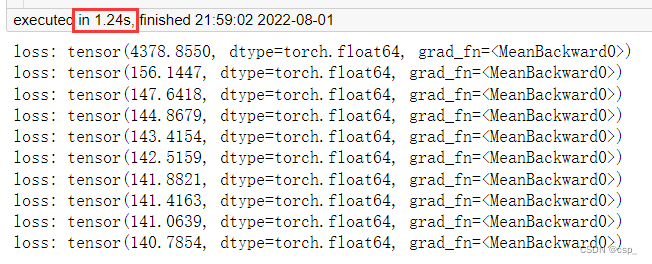
②Concisely build network models(CPU训练)
初始化网络:
input_size = input_features.shape[1] #样本个数
hidden_size = 128 # 隐含层神经元个数
output_size = 1
batch_size = 16
my_nn = torch.nn.Sequential(
torch.nn.Linear(input_size, hidden_size), #全连接层
torch.nn.Sigmoid(), #激活函数
torch.nn.Linear(hidden_size, output_size),
)
# MSE损失函数
cost = torch.nn.MSELoss(reduction='mean')
# Adam优化器
optimizer = torch.optim.Adam(my_nn.parameters(), lr=0.001)
训练网络:
# 训练网络
losses = []
for i in range(1000):
batch_loss = []
# MINI-Batch方法来进行训练
for start in range(0, len(input_features), batch_size):
end = start + batch_size if start + batch_size < len(
input_features) else len(input_features)
xx = torch.tensor(input_features[start:end],
dtype=torch.float,
requires_grad=True)
yy = torch.tensor(labels[start:end],
dtype=torch.float,
requires_grad=True)
prediction = my_nn(xx)# 前向传播
loss = cost(prediction, yy) # 计算损失
optimizer.zero_grad() # 梯度清零
loss.backward(retain_graph=True) #反向传播
optimizer.step() # 更新参数
batch_loss.append(loss.data.numpy()) #记录损失,便于打印
# 打印损失
if i % 100 == 0:
losses.append(np.mean(batch_loss))
print(i, np.mean(batch_loss))
结果:
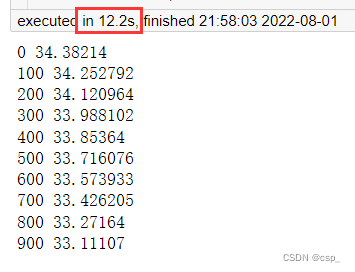
预测训练结果
x = torch.tensor(input_features, dtype=torch.float)
# 转换成numpyThe format is easy to draw
predict = my_nn(x).data.numpy()
结果:
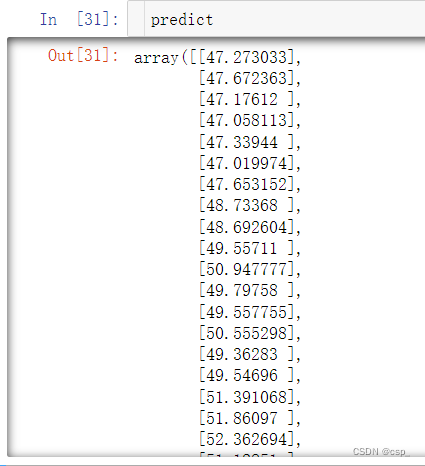
在整个过程中,可以对训练过程进行优化的参数有:
- 损失率
- 激活函数(大多情况下用relu)
- 损失的计算,可将方差改为其他损失类型
matplotlib结果可视化
数据设置
# 转换日期格式
dates = [
str(int(year)) + '-' + str(int(month)) + '-' + str(int(day))
for year, month, day in zip(years, months, days)
]
dates = [datetime.datetime.strptime(date, '%Y-%m-%d') for date in dates]
# 创建一个表格来存日期和其对应的标签数值
true_data = pd.DataFrame(data={
'date': dates, 'actual': labels})
# 同理,再创建一个来存日期和其对应的模型预测值
months = features[:, feature_list.index('month')]
days = features[:, feature_list.index('day')]
years = features[:, feature_list.index('year')]
test_dates = [
str(int(year)) + '-' + str(int(month)) + '-' + str(int(day))
for year, month, day in zip(years, months, days)
]
test_dates = [
datetime.datetime.strptime(date, '%Y-%m-%d') for date in test_dates
]
predictions_data = pd.DataFrame(data={
'date': test_dates,
'prediction': predict.reshape(-1)
})
绘制图形:
plt.figure(figsize=(20,5))
# 真实值
plt.plot(true_data['date'], true_data['actual'], 'b-', label='actual')
# 预测值
plt.plot(predictions_data['date'],
predictions_data['prediction'],
'ro',
label='prediction')
plt.xticks(rotation='60')
plt.legend()
# 图名
plt.xlabel('Date')
plt.ylabel('Maximum Temperature (F)')
plt.title('Actual and Predicted Values')
结果:

运行注意
Error when starting to run:
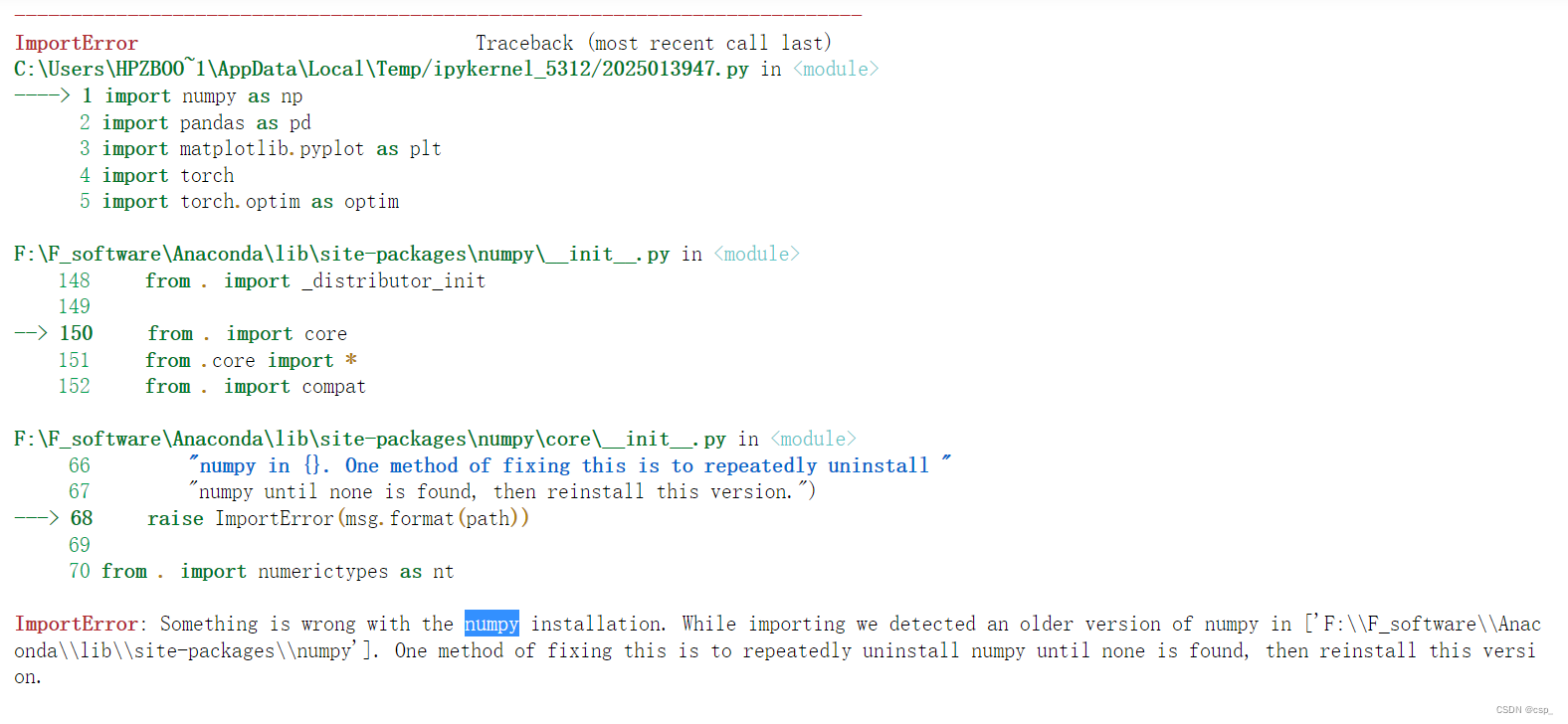
It was later found to be installed2个numpy,这两个numpy版本冲突,首先2次(可能更多)pip uninstall numpy进行卸载
之后pip3 install numpy -i http://pypi.douban.com/simple --trusted-host pypi.douban.com 安装numpy即可
A warning is given after that:

发现:“numexpr”的版本需要更新,至少为2.7.0,输入命令pip install --user numexpr==2.7.0 -i http://pypi.douban.com/simple --trusted-host pypi.douban.com更新即可
数据集2(不含friend数据项)
数据清洗
# 用pandas中的read_csv()函数读取出data1.csv文件中的数据:
import pandas as pd
df = pd.read_csv("data1.csv")
df.head(2)
# The name of the column to drop is "friend"
# 删除指定列
# 参数axis=0,表示对行进行操作,如对列进行操作则更改默认参数为axis=1.
df=df.drop(['friend'],axis=1)
# 保存新的csv文件为data2.csv:
# 参数index=False,Indicates that the output is not displayedindex(索引)值.
# 参数encoding=“utf-8”,Indicates that the encoding format of the saved file is utf-8.
df.to_csv("data2.csv",index=False,encoding="utf-8")
读入数据:
df = pd.read_csv("data2.csv")
df.head(2)
结果:
绘制数据图
import numpy as np
import pandas as pd
import matplotlib.pyplot as plt
import torch
import torch.optim as optim
import warnings
warnings.filterwarnings("ignore")
%matplotlib inline
# 加入下述代码!可能!是因为torch包中包含了名为libiomp5md.dll的文件,
# 与Anaconda环境中的同一个文件出现了某种冲突,所以需要删除一个.
import os
os.environ["KMP_DUPLICATE_LIB_OK"]="TRUE"
features = pd.read_csv('data2.csv')
# 处理时间数据
import datetime
# 分别得到年,月,日
years = features['year']
months = features['month']
days = features['day']
# datetime格式
dates = [
str(int(year)) + '-' + str(int(month)) + '-' + str(int(day))
for year, month, day in zip(years, months, days)
]
# datetime模块的datetime对象提供的strptimemethod to convert strings to datetime对象,When converting, the content of the string is required to conform to the specified format.
dates = [datetime.datetime.strptime(date, '%Y-%m-%d') for date in dates]
# 准备画图
# 指定默认风格
plt.style.use('fivethirtyeight')
# 设置布局
fig, ((ax1, ax2), (ax3, ax4)) = plt.subplots(nrows=2,
ncols=2,
figsize=(10, 10))
fig.autofmt_xdate(rotation=45)
# 标签值
ax1.plot(dates, features['actual']) # Data column used
ax1.set_xlabel('') # x轴数据
ax1.set_ylabel('Temperature') # y轴数据
ax1.set_title('Max Temp') # 图表标题
# 昨天
ax2.plot(dates, features['temp_1'])
ax2.set_xlabel('')
ax2.set_ylabel('Temperature')
ax2.set_title('Previous Max Temp')
# 前天
ax3.plot(dates, features['temp_2'])
ax3.set_xlabel('Date')
ax3.set_ylabel('Temperature')
ax3.set_title('Two Days Prior Max Temp')
plt.tight_layout(pad=2)
结果:
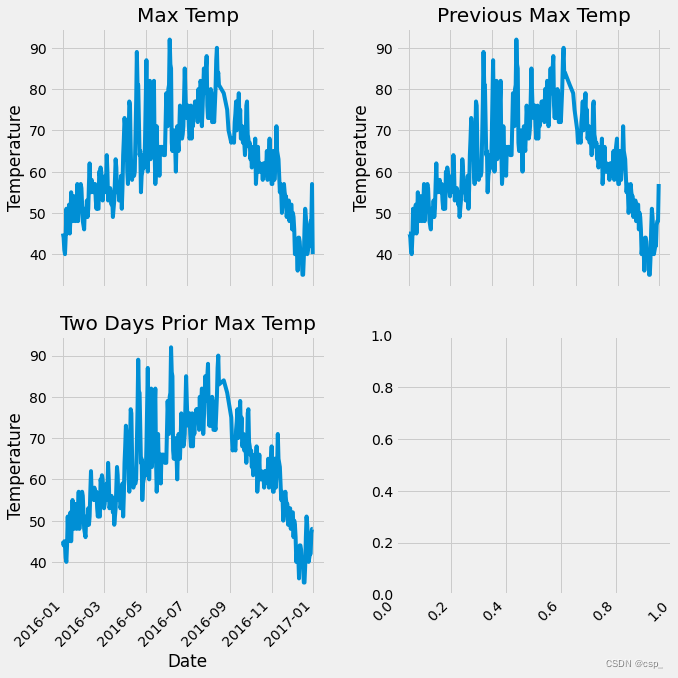
数据处理
# 独热编码(String data is converted to numeric form)
features = pd.get_dummies(features)
# 标签
labels = np.array(features['actual'])
# 在特征中去掉标签
# axis = 1 Indicates that the corresponding method is executed horizontally along each row or column label
# https://blog.csdn.net/wyf2017/article/details/107459509
features = features.drop('actual', axis=1)
# Save the name of each column separately,以备后患
feature_list = list(features.columns)
# 转换成合适的格式
# np.array()把列表转化为数组
features = np.array(features)
from sklearn import preprocessing
# 不仅计算训练数据的均值和方差,还会基于计算出来的均值和方差来转换训练数据,从而把数据转换成标准的正太分布
input_features = preprocessing.StandardScaler().fit_transform(features)
构建网络模型(GPU训练)
Solutions to code errors:
正确代码:
input_size = input_features.shape[1] #样本个数
hidden_size = 128 # 隐含层神经元个数
output_size = 1
batch_size = 16
my_nn = torch.nn.Sequential(
torch.nn.Linear(input_size, hidden_size), #全连接层
torch.nn.Sigmoid(), #激活函数
torch.nn.Linear(hidden_size, output_size),
)
# MSE损失函数
cost = torch.nn.MSELoss(reduction='mean')
# Adam优化器
optimizer = torch.optim.Adam(my_nn.parameters(), lr=0.001)
device = torch.device("cuda:0" if torch.cuda.is_available() else "cpu")
print(device)
my_nn.to(device)
# 训练网络
losses = []
for i in range(1000):
batch_loss = []
# MINI-Batch方法来进行训练
for start in range(0, len(input_features), batch_size):
input_features.to(device)
labels.to(device)
end = start + batch_size if start + batch_size < len(
input_features) else len(input_features)
xx = torch.tensor(input_features[start:end],
dtype=torch.float,
requires_grad=True)
yy = torch.tensor(labels[start:end],
dtype=torch.float,
requires_grad=True)
prediction = my_nn(xx) # 前向传播
loss = cost(prediction, yy) # 计算损失
optimizer.zero_grad() # 梯度清零
loss.backward(retain_graph=True) #反向传播
optimizer.step() # 更新参数
# batch_loss.append(loss.data.numpy()) #记录损失,便于打印
batch_loss.append(loss.data.cpu().numpy()) #记录损失,便于打印
# 打印损失
if i % 100 == 0:
losses.append(np.mean(batch_loss))
print(i, np.mean(batch_loss))
结果:
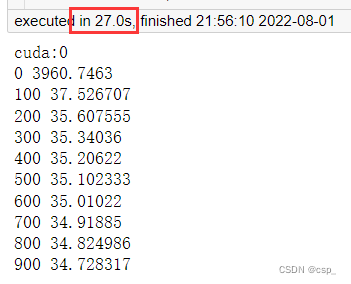
matplotlib结果可视化
x = torch.tensor(input_features, dtype=torch.float)
# 转换成numpyThe format is easy to draw
predict = my_nn(x).data.numpy()
# 转换日期格式
dates = [
str(int(year)) + '-' + str(int(month)) + '-' + str(int(day))
for year, month, day in zip(years, months, days)
]
dates = [datetime.datetime.strptime(date, '%Y-%m-%d') for date in dates]
# 创建一个表格来存日期和其对应的标签数值
true_data = pd.DataFrame(data={
'date': dates, 'actual': labels})
# 同理,再创建一个来存日期和其对应的模型预测值
months = features[:, feature_list.index('month')]
days = features[:, feature_list.index('day')]
years = features[:, feature_list.index('year')]
test_dates = [
str(int(year)) + '-' + str(int(month)) + '-' + str(int(day))
for year, month, day in zip(years, months, days)
]
test_dates = [
datetime.datetime.strptime(date, '%Y-%m-%d') for date in test_dates
]
predictions_data = pd.DataFrame(data={
'date': test_dates,
'prediction': predict.reshape(-1)
})
plt.figure(figsize=(20,5))
# 真实值
plt.plot(true_data['date'], true_data['actual'], 'b-', label='actual')
# 预测值
plt.plot(predictions_data['date'],
predictions_data['prediction'],
'ro',
label='prediction')
plt.xticks(rotation='60')
plt.legend()
# 图名
plt.xlabel('Date')
plt.ylabel('Maximum Temperature (F)')
plt.title('Actual and Predicted Values')
训练结果:
0 3870.6526
100 37.636475
200 35.619022
300 35.33533
400 35.18585
500 35.07154
600 34.970573
700 34.8705
800 34.767883
900 34.66196
可视化:

结论
The optimization of the dataset has little effect on the results,Therefore, improving the network structure is the key to optimization
When the network structure is relatively small,CPU与GPUThe data transfer process takes more time,Only use this timeCPU会更快
When the network structure is relatively large,GPUThe acceleration is more obvious
边栏推荐
- 利用pgsql插件PostGIS 实现地理坐标系数据转换
- Image fusion GAN-FM study notes
- Unsupervised learning KMeans notes and examples
- GameFi industry down but not out | June Report
- An动画基础之元件的影片剪辑动画与传统补间
- Oracle is installed (system disk) and transferred from the system disk to the data disk
- PyTorch framework to train linear regression model (CPU and GPU environment)
- Jmeter使用
- How to build an overseas purchasing system/purchasing website - source code analysis
- 为冲销量下探中低端市场,蔚来新品牌产品定价低至10万?
猜你喜欢

An动画基础之散件动画原理与形状提示点
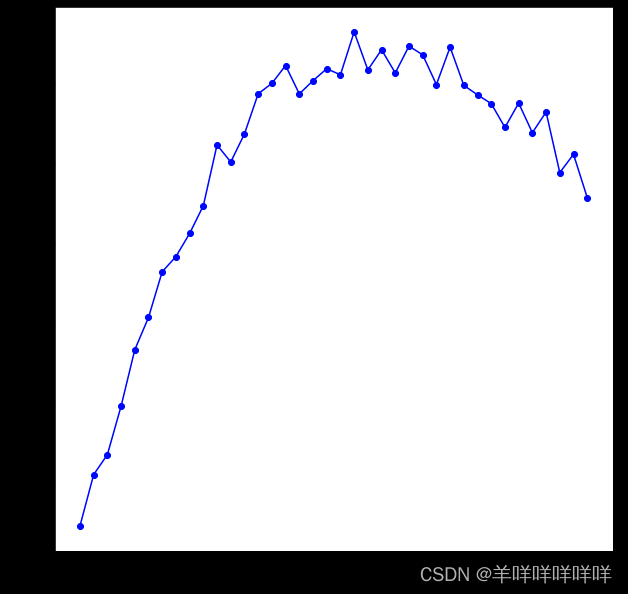
Unsupervised learning KMeans notes and examples
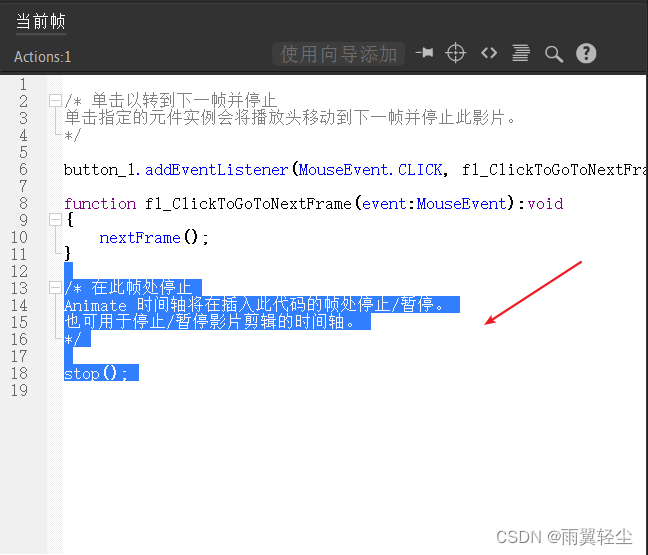
An动画基础之按钮动画与基础代码相结合
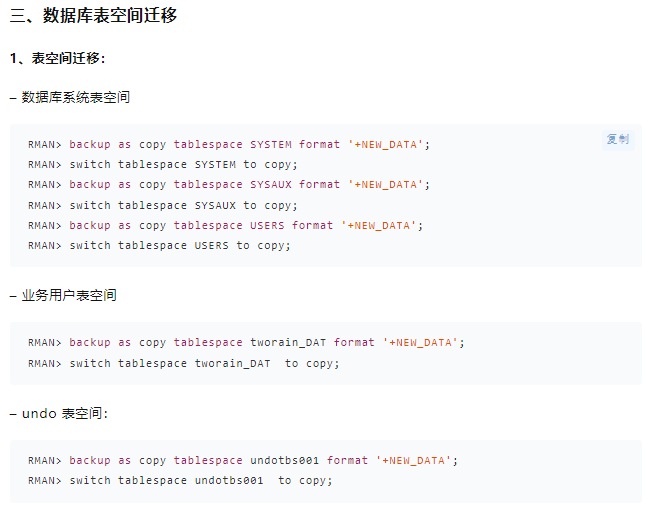
Oracle is installed (system disk) and transferred from the system disk to the data disk
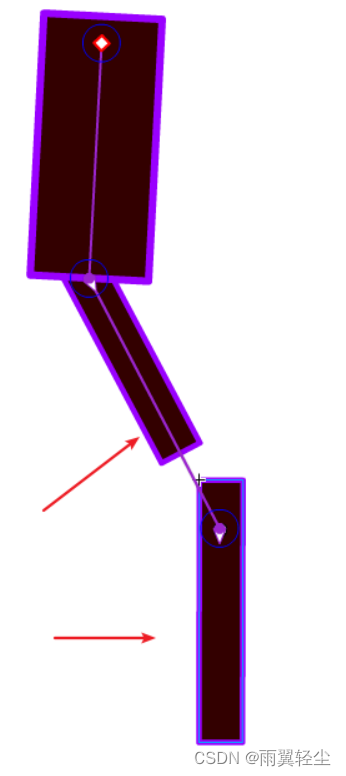
An工具介绍之骨骼工具
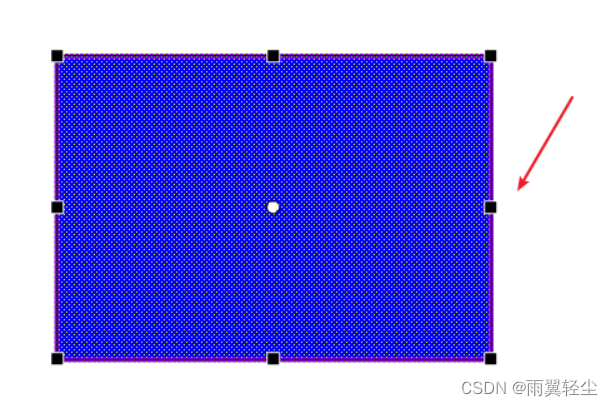
An工具介绍之宽度工具、变形工具与套索工具
![[Deep Learning] Overview of Efficient and Lightweight Semantic Segmentation](/img/d8/a367c26b51d9dbaf53bf4fe2a13917.png)
[Deep Learning] Overview of Efficient and Lightweight Semantic Segmentation

Comics: how do you prove that sleep does not release the lock, and wait to release lock?

ECCV 2022 | AirDet: 无需微调的小样本目标检测方法
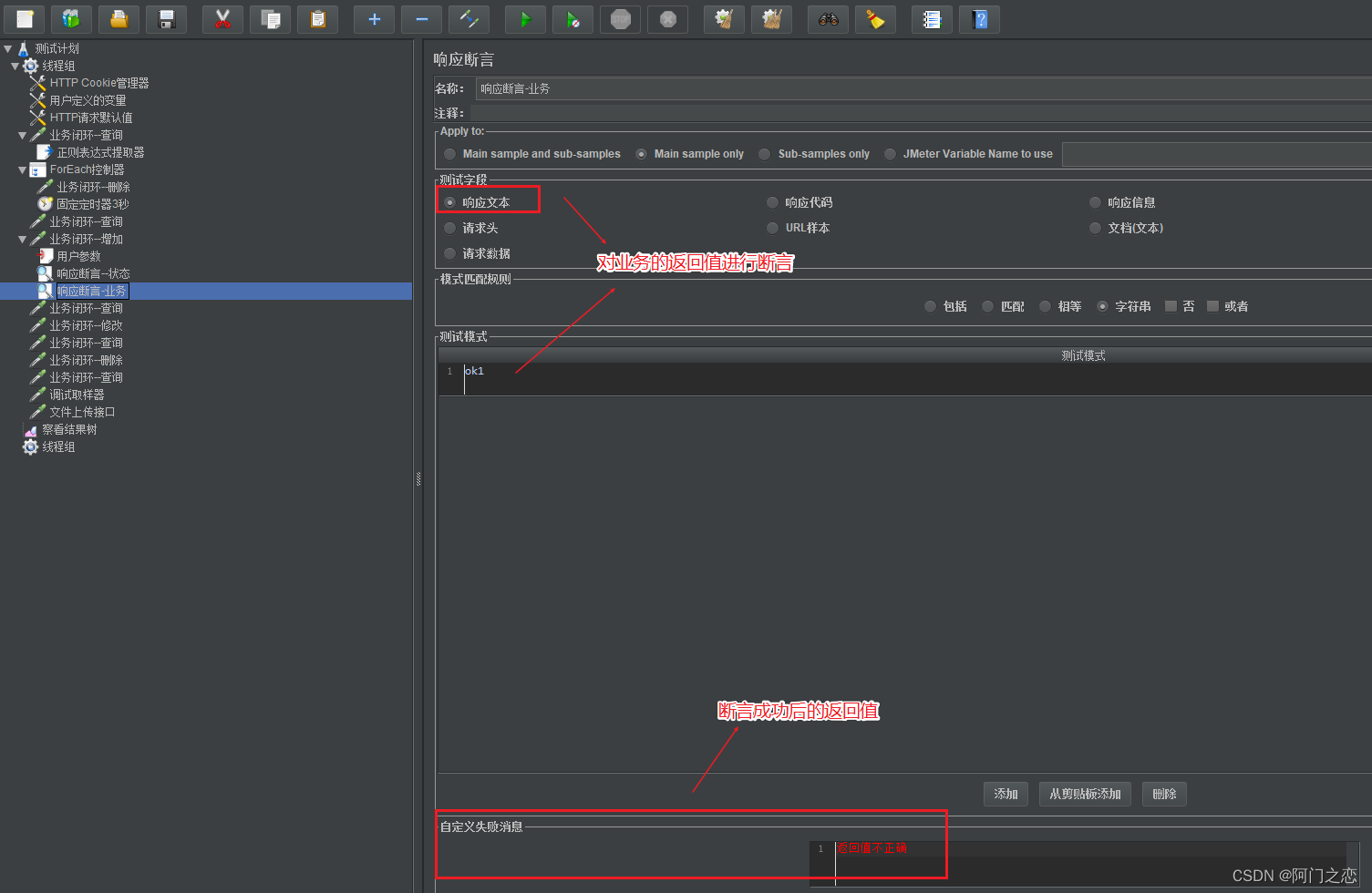
Jmeter使用
随机推荐
BOM系列之sessionStorage
The common problems in the futures account summary
HCIP 第十六天笔记(SVI、生成树协议)
Golang structs & methods
Using the Work Queue Manager (4)
Golang 字典 map
使用 %Status 值
Use %Status value
Nodejs 安装依赖cpnm时,install 出现Error: Cannot find module ‘fs/promises‘
易观分析:2022年Q2中国网络零售B2C市场交易规模达23444.7亿元
Basic principle of the bulk of the animation and shape the An animation tip point
基于php旅游网站管理系统获取(php毕业设计)
An动画基础之散件动画原理与形状提示点
Golang 数组和切片
Blog records life
leetcode 11. 盛最多水的容器
Golang Mutex
数据库基础知识一(MySQL)[通俗易懂]
来广州找工作有一个多月了,今天终于有着落了,工资7000
Classes and objects (upper)